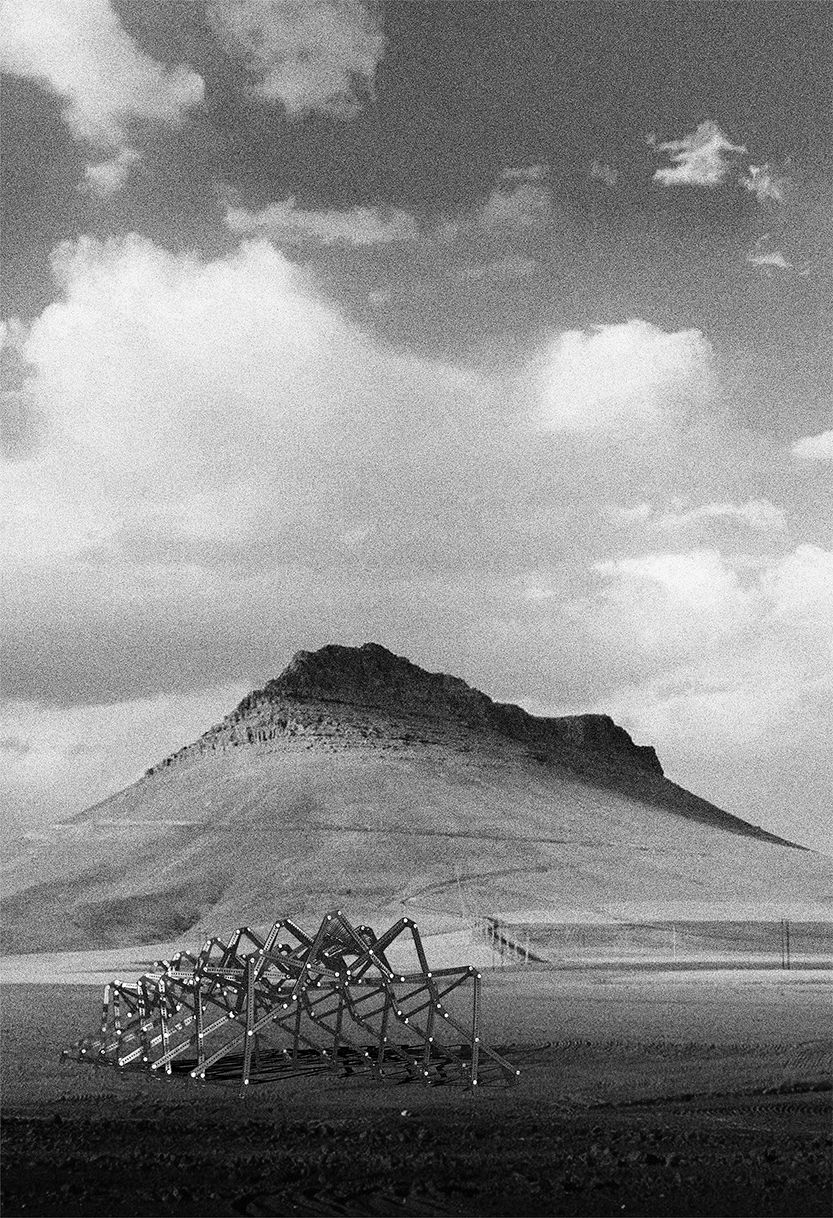
Sarang Han
Keywords: Nomadism, Non-sedentary, Deployable structure
“The nomad is one who does not depart”
-Deleuze & Guattari-
The starting point of my research was a personal question: What constitutes the Sense of Feeling at Home?
At various stages of my life, I have moved to different houses, neighbourhoods, cities, and countries. As a result I have been leaving places and discovering new ones. This wandering lifestyle instilled a spirit of nomadism in me. This led to conflict of desires: former desires to settle in one place clashed with the desire to explore new horizons. It naturally led me to imagine what if my house could be moved along with me, and thus helps me to adapt to new environments, anywhere I go. Furthermore, the tension field of conflicting desires sparked my imagination: What if the spaces we inhabit could move along with us? Which led to further questions such as Can social spaces be nomadic too? In the end I have chosen to explore the theme of nomadism in the architectural form of a pavilion. The semi-open, social character of the pavilion, coupled to the nomadic design criteria provided a great design context to start exploring new architectural forms.
Mobility, transformability, and flexibility
My overall research method consisted of a theoretical and practical part, which interacted with each other. Within my theoretical research, I explored the concepts of home/house, place/space, and nomadism. These concepts gradually expanded and strengthened.
In the making process I approached the idea of a nomadic pavilion both from a morphological and structural perspective. This provided a complementary way of working. The morphological process consisted of five types of manual experiments: curved folding, parabolic curve drawing, curve stitching, paper backbones, and string based geometry.
The structural process focused on deployable structures. I experimented with repetitive elements, connected in a network of joints, that allow specific degrees of freedom. These experiments resulted in structures which are foldable, light weight and thus portable.
The studies I present here are interpretations of an imagined future. A future wherein architecture isn’t static and confined by geography, instead: it moves along with us.